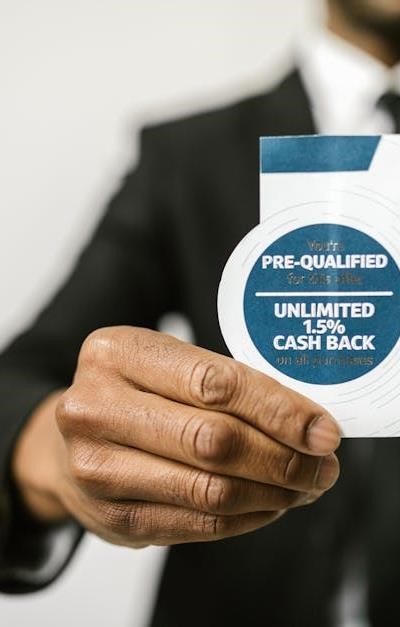
The retail landscape is undergoing a rapid transformation, driven largely by the proliferation of mobile payments and the increasing demand for seamless customer experience. Traditional retail payments are evolving, and businesses – particularly those operating as a ‘Credit Card Shop’ – must adapt to remain competitive. This article details the key mobile payment solutions available, focusing on their benefits, security aspects, and implications for businesses of all sizes.
The Rise of Mobile Commerce (M-Commerce)
Mobile commerce, or m-commerce, represents a significant portion of overall online payments today. Consumers increasingly prefer the convenience of purchasing goods and services via their smartphones and tablets. This shift necessitates robust and secure mobile payment infrastructure. At the heart of this revolution are digital wallet technologies like Apple Pay, Google Pay, and Samsung Pay. These wallets store credit and debit card information securely, enabling contactless payment options.
Understanding the Technologies
Several technologies underpin mobile payment systems:
- NFC (Near Field Communication): This short-range wireless technology allows devices to communicate when in close proximity, facilitating tap to pay functionality.
- QR Code Payments: These involve scanning a QR code with a smartphone camera to initiate a transaction.
- EMV Chip Technology: While not exclusively mobile, EMV chips enhance payment security and are often integrated into mobile card readers.
Mobile Payment Options for Businesses
Businesses have a range of options for accepting mobile payments:
1. Mobile POS (mPOS) Systems
Mobile POS systems combine hardware (like card readers that accept contactless payment and EMV chip cards) with software to process transactions on a mobile device. These are ideal for small business payments, pop-up shops, and businesses requiring mobility. They connect to POS systems via Bluetooth or Wi-Fi.
2. Payment Gateways & Virtual Terminals
For online payments, a payment gateway is crucial. It securely transmits transaction data between the merchant’s website and the payment processing network. Virtual terminals allow manual entry of card details for phone orders or situations where a physical card reader isn’t available.
3. Payment Apps
Integrating with popular payment apps (beyond Apple/Google/Samsung Pay) can broaden your customer base. These apps often have built-in loyalty programs and marketing features.
Security Considerations: Secure Transactions & Fraud Prevention
Payment security is paramount. Key measures include:
- Data Encryption: Protecting sensitive cardholder data during transmission and storage.
- Tokenization: Replacing card numbers with unique tokens to reduce the risk of fraud.
- Fraud Prevention Tools: Utilizing algorithms and machine learning to detect and prevent fraudulent transactions.
- PCI Compliance: Adhering to the Payment Card Industry Data Security Standard (PCI compliance) is essential for all businesses handling card data.
The Impact on Customer Experience & Transaction Fees
Mobile payments enhance the customer experience by offering speed, convenience, and a modern checkout process – a streamlined mobile checkout. However, businesses must consider transaction fees associated with each payment method. These fees vary depending on the payment processing provider and the type of transaction. Wireless payments offer flexibility, but costs need careful evaluation.
Fintech and the Future of Payments
The fintech industry is constantly innovating, leading to new mobile payment solutions and improved security measures. Expect to see further integration of biometric authentication, blockchain technology, and enhanced fraud detection capabilities. The future of payments is undoubtedly mobile, and businesses must embrace these changes to thrive.



A solid and timely piece. The article correctly identifies the critical shift towards m-commerce and the necessity for businesses to adapt. I appreciate the acknowledgement that traditional
This is a really well-structured overview of the mobile payment landscape. The breakdown of technologies – NFC, QR codes, and EMV – is particularly helpful for those of us trying to understand *how* these systems actually work, not just that they exist. The focus on practical applications for businesses, especially the mention of mPOS systems for smaller operations, makes this article immediately useful. It